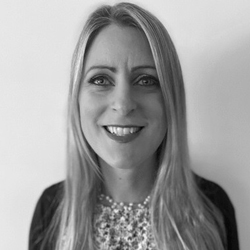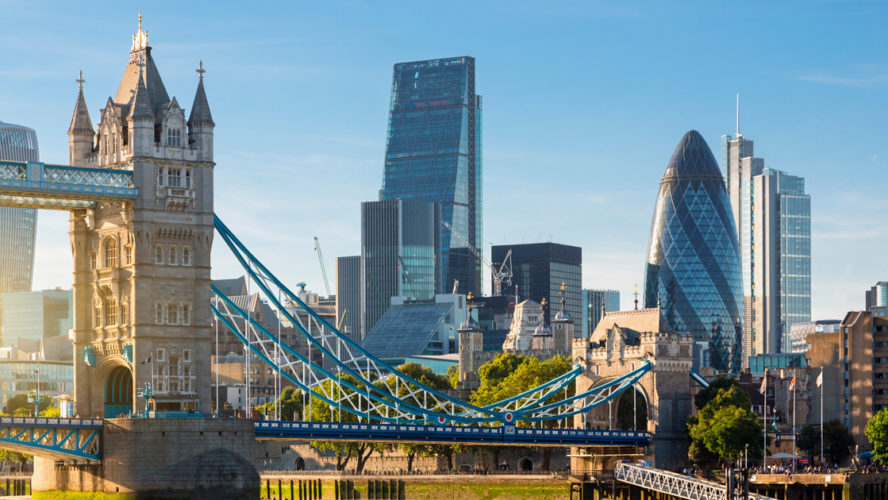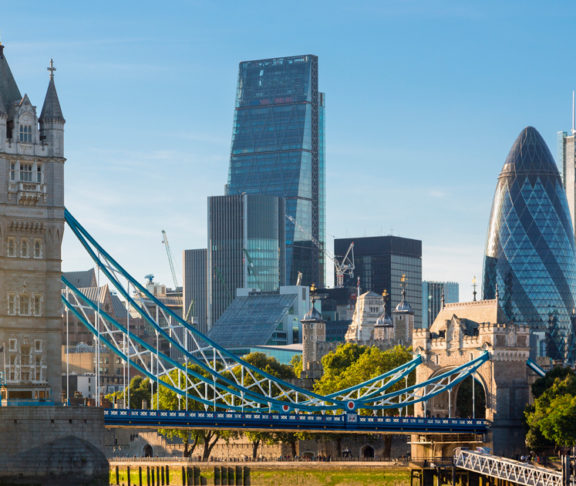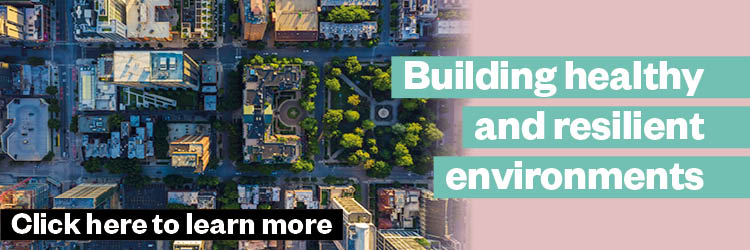
Ruth Kerrigan
Chief Operating Officer, IES
By using cutting-edge climate technology, businesses, cities and governments can formulate a detailed decarbonisation roadmap and set themselves on course to reach their zero carbon goals.
When it comes to decarbonising our built environment, we need a little less conversation and a lot more action, says Ruth Kerrigan, Chief Operating Officer of IES, a leading provider of digital twin technology and building performance expertise. It’s good to have sustainability ambitions and targets, but these are useless unless steps are taken to realise them.
Raising awareness and taking action
On one hand, Kerrigan is hopeful that high-level sustainability goals can be achieved. “People are definitely paying more attention now,” she says. “Look at the difference between COP21 and COP26. COP21 barely caused a ripple, but COP26 attracted attention from all over the world. Five or ten years ago many people didn’t know what energy efficiency was. Now they do.”
On the other hand, she insists, a big issue needs addressing. Take the example of building owners and managers, they know they must improve how their buildings perform because the built environment accounts for almost 40% of global emissions. “The trouble is they don’t know exactly what to do or how to go about it,” admits Kerrigan. “That’s a barrier to change.”
This is part of a decarbonisation roadmap to show the authorities the actions they need to take by 2050 to become carbon neutral.
Digital technologies to reach decarbonisation goals
Thankfully, digital technologies can help formulate detailed decarbonisation roadmaps. For example, a performance digital twin is a real-time virtual replica of a building in operation, visualised as an elaborate 3D graphic and as data on a dashboard. A digital twin mirrors the behaviour and dynamics of its real-world counterpart to measure and verify performance, supporting decision-making by simulating the impact of energy and carbon saving interventions over time. It can also make predictions so strategies can be adapted to unforeseen challenges as they arise.
“The fact is, people don’t use buildings as the designer intended,” she explains. “For instance, a room may have been designed to operate at a constant temperature of 21 degrees — but there’s nothing to stop someone turning the thermostat up to 24. A digital twin can measure and verify energy, carbon, costs and other metrics to show owners or occupants how the building is operating against a baseline of how it should be performing — and help them see what they can do to improve matters. Measurement and verification is critical, if we don’t understand how our buildings are performing, we’ll never successfully decarbonise.”
Digital twins are not restricted to optimising performance of individual buildings. Today’s technology means it’s possible to virtually replicate groups of buildings — even entire cities. “We’ve created a digital twin of the city of Limerick,” reveals Kerrigan. “This is part of a decarbonisation roadmap to show the authorities the actions they need to take by 2050 to become carbon neutral.”
Taking a holistic view of sustainable investing
Kerrigan believes other examples of smart infrastructure and user-friendly engagement tools can make it easier for people to get involved in decarbonisation activities. However, she feels a mindset shift is necessary too.
“At the moment there are too many ‘one-off’ measures being taken, like changing your gas boiler to a heat pump, adding photo-voltaic panels or buying an electric car. These are all positive moves that will help us on the journey towards decarbonisation and sustainability; but to do it properly requires a more holistic view of sustainable technology investment. For instance, if you switch from a gas boiler to a heat pump but don’t increase the effectiveness of your insulation, your heat pump won’t work. We require greater understanding of the issues we face.”
Ultimately, Kerrigan says the answer is better data and using the technology to translate that data into actions. “Stop talking about high-level goals and start understanding how your buildings are performing and what can be done to reduce their energy consumption. If we take that approach, we’ll reach our decarbonisation targets more quickly and cost-effectively.”



